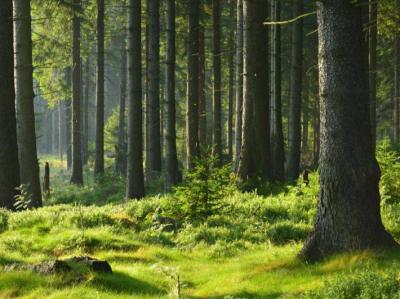Tree planting, which is a traditional method to combat climate warming, may lead to counterproductive results if it causes bright areas that reflect sunlight to turn into dark forests that absorb it, according to a recent study that identified suitable areas for reforestation.
By absorbing carbon dioxide, trees play a vital role in absorbing greenhouse gases generated by human activities that contribute to climate warming. However, reforestation also reduces albedo, the surface's ability to reflect sunlight, to a maximum on snow-covered lands and a minimum on water bodies or forests.
The study, published in the journal "Nature Communications," found that reforestation projects that do not factor in albedo in the equation overestimate the beneficial impact of additional trees planted on the climate by 20 to 80 percent.
Co-researcher Susan Cook-Patton told AFP, "Reforestation in some places leads to clear negative results on the climate." As many countries have pledged to plant billions of trees, the maps provided by the study are expected to help officials identify the best places for reforestation and achieve the best results in mitigating climate warming, according to the forest restoration specialist.
Wet and tropical environments like the Amazon and Congo basins can store high amounts of carbon with minimal decreases in albedo, making them ideal places for restoring forest cover. In contrast, planting trees in meadows and temperate savannas results in counterproductive outcomes, according to Cook-Patton.
The researcher stated, "We cannot plant trees everywhere. We do not have enough money, time, resources, people, and seeds, so the goal is to maximize the benefit from limited investments and achieve the best climate return per hectare of investment."




